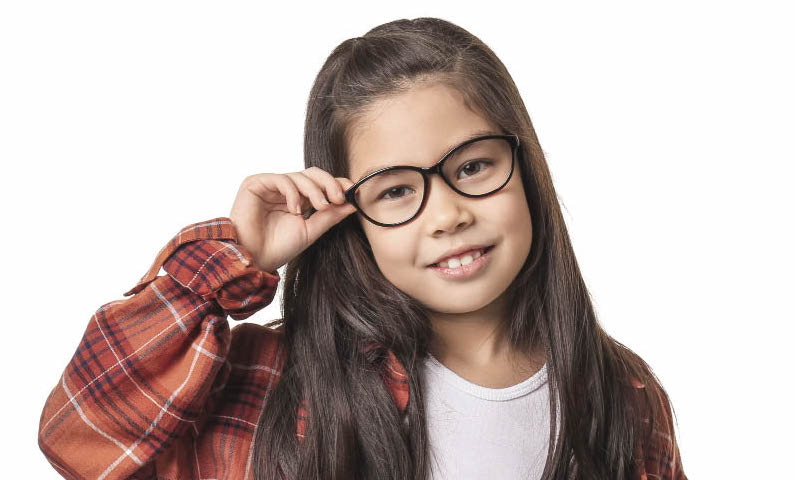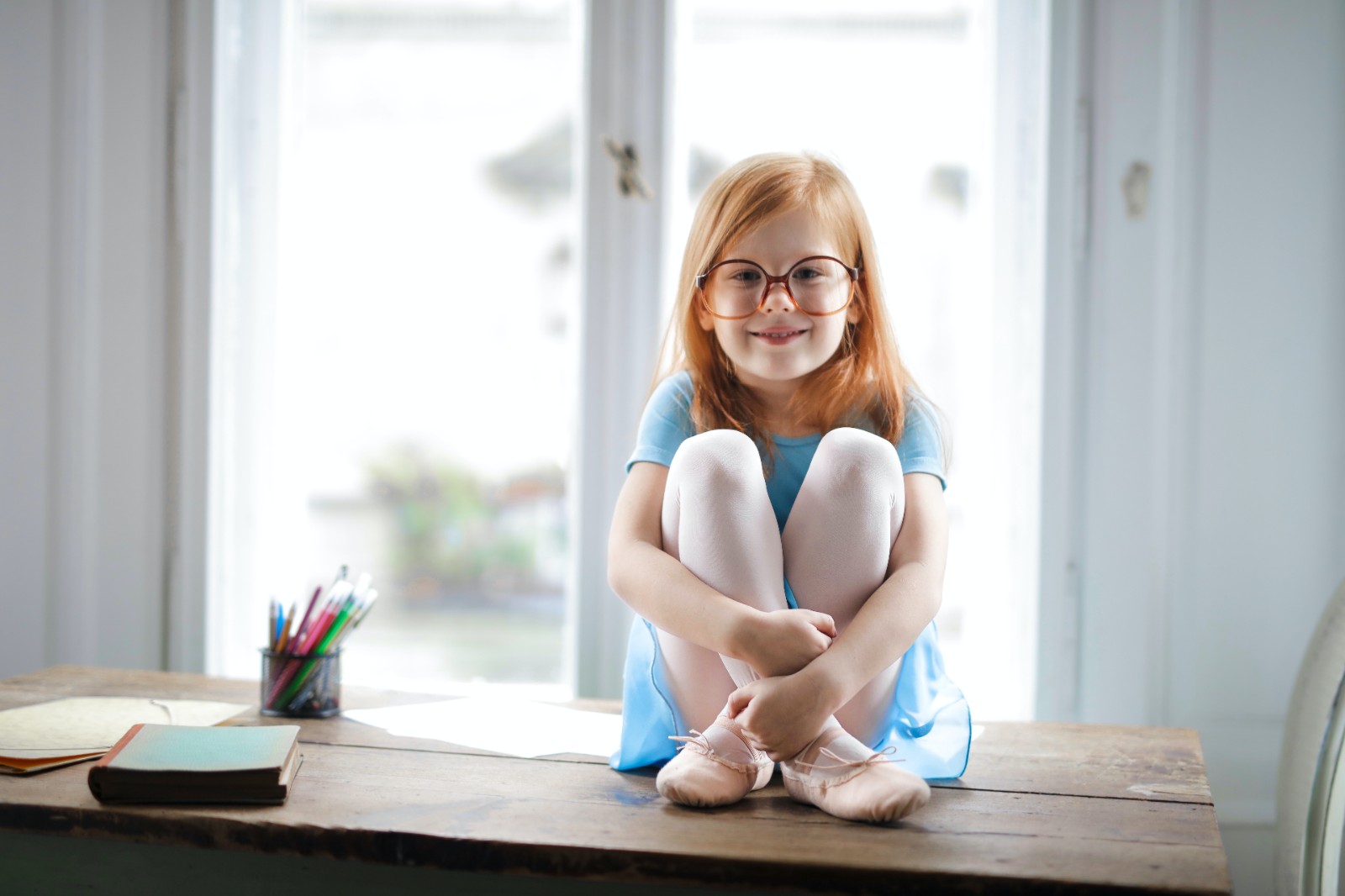
Routine eye exams are recommended yearly for all children. Especially after uncertain COVID-19 times spent indoors. Outdoor time is critical to a child's visual development; especially more frequent online courseworkcan take a toll on their sight. Starting from preschool age, all children should receive eye exams from an eye doctor, even if there is no apparent problem with their vision or ocular health. Some conditions may be difficult for caretakers to discern, and early intervention can make a big difference in the outcome.
When your child receives an eye exam, your eye doctor may recommend to use eye drops to dilate and cycloplege their eyes. This is a normal part of a routine eye exam, and side effects are generally mild. The dilation of the pupils allows for a clear view of the retina, the back section of the eye, to check the overall eye health. Cycloplegia refers to the temporary relaxation of the muscles that control accommodation, which allows for a much more accurate refraction (measurement of near or far sightedness and possible astigmatism). The side effects of pupil dilation and cycloplegia are light sensitivity and difficulty focusing up close for around half to a full day, depending on which medication is appropriate for your child. It is a good idea to bring sunglasses for your child to wear after the visit.
The accommodative system of the eyes allows for focus to shift between longer and shorter distances. When your eyes are focused further in the distance, accommodation is relaxed, and when you shift your focus to a near target, accommodation is engaged. More accommodation is needed for closer distances. Children have stronger accommodative ability in their eyes than adults do, and it can often be difficult for them to fully relax their accommodation on their own. If their accommodation is engaged, the refractive error in their eyes will appear more minus, which means less farsighted for a farsighted child, and more nearsighted for a nearsighted child. Having an inaccurate measurement of refractive error would be detrimental for visual development, which is why using eye drops for pupil dilation and cycloplegia is recommended for a complete eye exam.

One of the most important conditions to screen a child's eyes for is amblyopia, commonly referred to as “lazy eye.” A person who has amblyopia is unable to see clearly even when wearing corrective lenses, in the absence of other eye disease. Amblyopia can occur in one eye only, or both eyes together. It is very difficult to know when a child has unilateral amblyopia without a complete eye exam, since the other eye will have clear vision and the child will appear to not have any visual problems. A high refractive error, strabismus (misalignment of the eyes), or conditions such as congenital cataract or ptosis (droopy eyelid) can all cause amblyopia.
The earlier the treatment for amblyopia is initiated, the faster the vision will improve. There is a critical developmental period for vision which lasts from birth until around 8 years old, after which it is extremely difficult to stimulate visual acuity to improve. The prevalence of amblyopia in children is high. Treatment involves first correcting any refractive error by wearing glasses, and often covering one eye with a patch and using visually stimulating activities. Shanghai United Family Hosptial offers the Doboso visual rehabilitation program to help patients recover their vision not just from amblyopia, but certain types of strabismus and visual fatigue as well.
Although the majority of children are hyperopic (farsighted) when they are very young, the amount of hyperopia will gradually decrease and many children will become myopic around age 6 and older. Limiting screen time, maintaining proper posture and distance from reading material, and bright ambient lighting are all important for controlling the progression of myopia, however, increasing the amount of time a child spends outdoors is continually recognized as a key variable for myopia control in research studies. Three hours of outdoor activity a day is recommended for the best results, but even if three hours cannot be attained, getting your child outdoors and exposed to sunlight for a shorter amount of time could still help. Stay safe, wear a mask and remain cautious, but taking walks outside, riding a bicycle, having a picnic, and doing nature scavenger hunts are all good ways to incorporate more outdoor time into a child's life. Make sure to schedule routine eye exams every 6-12 months (depending on the speed of myopia progression) to check the updated status of the eyes.
Contributed by Hui Sheng, MD, Associate Chief Physician, Section Chief of Eye Clinic and June Cheng, OD, Optometrist from United Family Healthcare.
Address:
Shanghai United Family Hospital
699 Pingtang Road, Changning District Shanghai United Family Pudong Hospital
1598 New Jinqiao Road, Pudong New Area
Shanghai Family Fengshang Clinic
689 Yunle Road, Minhang District
Shanghai Family Xintiandi Clinic,
Suite 402, Taoyuan Road, Silver Court Building, Huangpu District